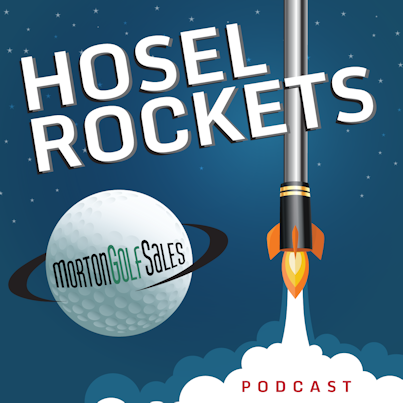Why Are Golf Clubs So Expensive?
Some of us have experienced sticker shock when buying clubs before. It feels like clubs have been getting more and more expensive lately. Why are golf clubs so expensive? Are golf club companies charging so much simply because they can get away with it? To answer these questions we will analyze the financial statements of Callaway and Acushnet (Parent company of Titleist, FootJoy, and Pinnacle) between the years 2015 and 2017. The best way to understand something is to follow the money.
Firstly, we can start with the retailer markup on golf clubs. These markups average between 30-35% of the total cost of the club. This percentage sounds high at first, but that number represents the entire gross income of a retailer. That is where every expense is paid for the retailer. This includes the cost of salespeople, sales facilities, merchandising, rent, cashiers, etc. The golf club manufacturer typically decides the retail markup percentage. Interestingly, the golf industry is well below the common keystone pricing markup of 50%. After all expenses, the best golf retailers rarely profit more than 2-3% of the total cost of a club. However, as a whole, we can say that around 33.33% of the cost of a golf club is the markup from the retailer.
The financial statements used to calculate the next percentages are publicly available because both Callaway and Acushnet are publicly traded companies. The reports analyzed include all items sold by either company and are not limited to the sale of golf clubs alone. However, the breakdown of company expenses will give a good indicator as to why golf clubs are priced the way they are.
We will start with total sales to gain a sense of scale between these two companies. Between 2015 and 2017, Acushnet recorded an average annual sales figure of $1,545,164,000. Meanwhile, Callaway averaged an annual sales figure of $922,000,000 between the same years. Now those are massive numbers, but it’s important to remember that again those figures are sales numbers and not profit. For example, Acushnet’s net profit in 2015 was less than $4,200,000.
If Acushnet’s net profit in 2015 was less than 0.28% of their total sales, then where did all that money go? Pro V1’s, Scotty Camerons, and Titleist clubs aren’t cheap. How did Acushnet barely break even in 2015? Well, Acushnet’s “cost of goods sold”, a term used to describe the material and direct labor costs of producing a product, was $727,120,000 in 2015. This number represents 48.38% of their total sales. Callaway’s numbers tell a similar story. The same year in 2015, Callaway’s cost of goods sold was $487,950,000. This represented 57.82% of their total sales that year. Overall, we can deduce that roughly 33.33% the price of a club is material and manufacturing cost.
If it only costs golf manufacturers half the price of a club to make it, then where are they spending the other money? Well, obviously golf clubs have to be researched and designed. Acushnet claims to employ, “Over 80 chemists, physicists, mathematicians, computer scientists, engineers and technicians” in their golf ball department alone. Between 2015 and 2017 Acushnet spent an average annually of $47,643,000 on research and development. This equates to approximately 3.1% compared to their total sales. Callaway averaged $34,370,000 annually on research and development during the same time span. For Callaway, this as equal to 3.7% of their gross sales. Many will be surprised by this relatively low percent spent on research and development. It means that approximately 2.33% the cost of golf clubs is spent on research and development.
How can 53.5% of the cost of a golf club be used for the material, manufacturing, research, and development, yet golf companies are still making such a slim profit? What else are companies spending money on? This is where “selling, general, and administrative” (SG&E) costs come into play. This term refers to all corporate, sales, and marketing costs. Acushnet averaged an SG&E (not including research and develop) cost annually of $594,886,000 between 2015 and 2017. This was approximately 38.5% of their total sales. Meanwhile, Callaway in the same three years averaged annually an SG&E cost of $319,597,000 (not including research and development), which calculated out to 34.7% of their gross sales. We can estimate around 24.33% of the cost of a golf club is spent on corporate, sales, and marketing expenses.
This leaves 10% of the money from gross manufacturer sales still unaccounted for. Well, an approximated 3.3% (or 2.22% when compared against the total cost of the club) of that is accounted for by the manufacturer’s income tax and then that leaves just an estimated 6.6% for net profit. Acushnet averaged an annual net income of $50,097,000 after taxes between 2015 and 2017, or 3.2% of gross sales. Over the same three-year time span, Callaway averaged $81,760,000 in net profit after taxes or 8.9% of gross sales. These percentages are consistent with our estimated averages. This means golf manufacturers are approximately only profiting 4.46% off of the cost of a golf club.


1 Comment